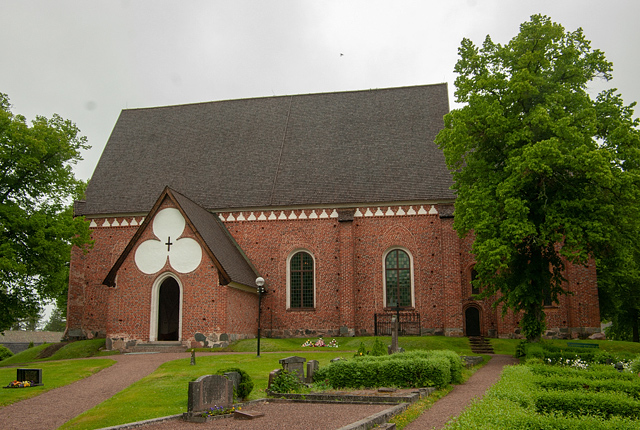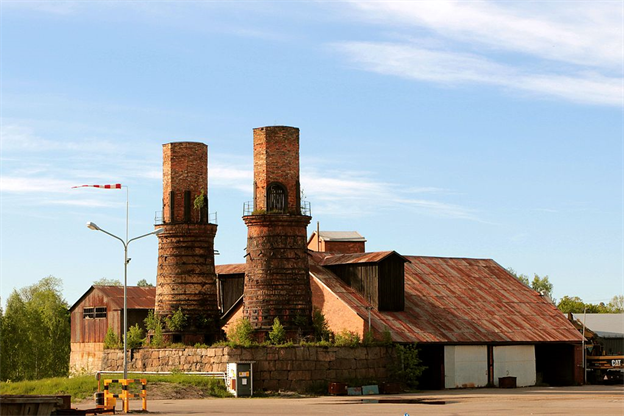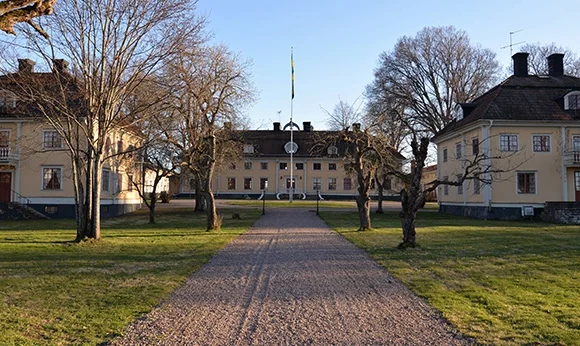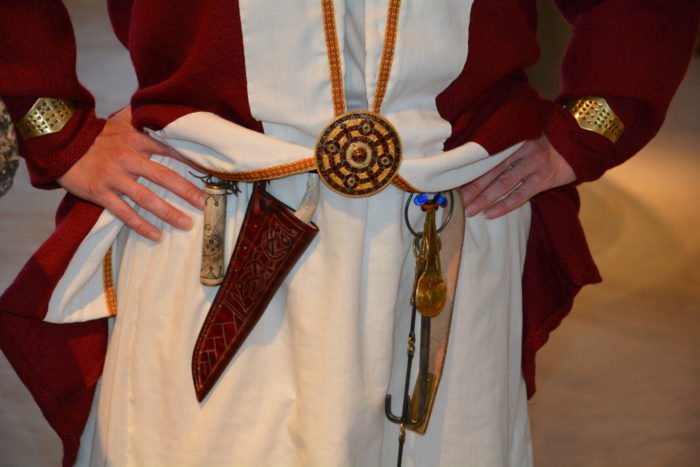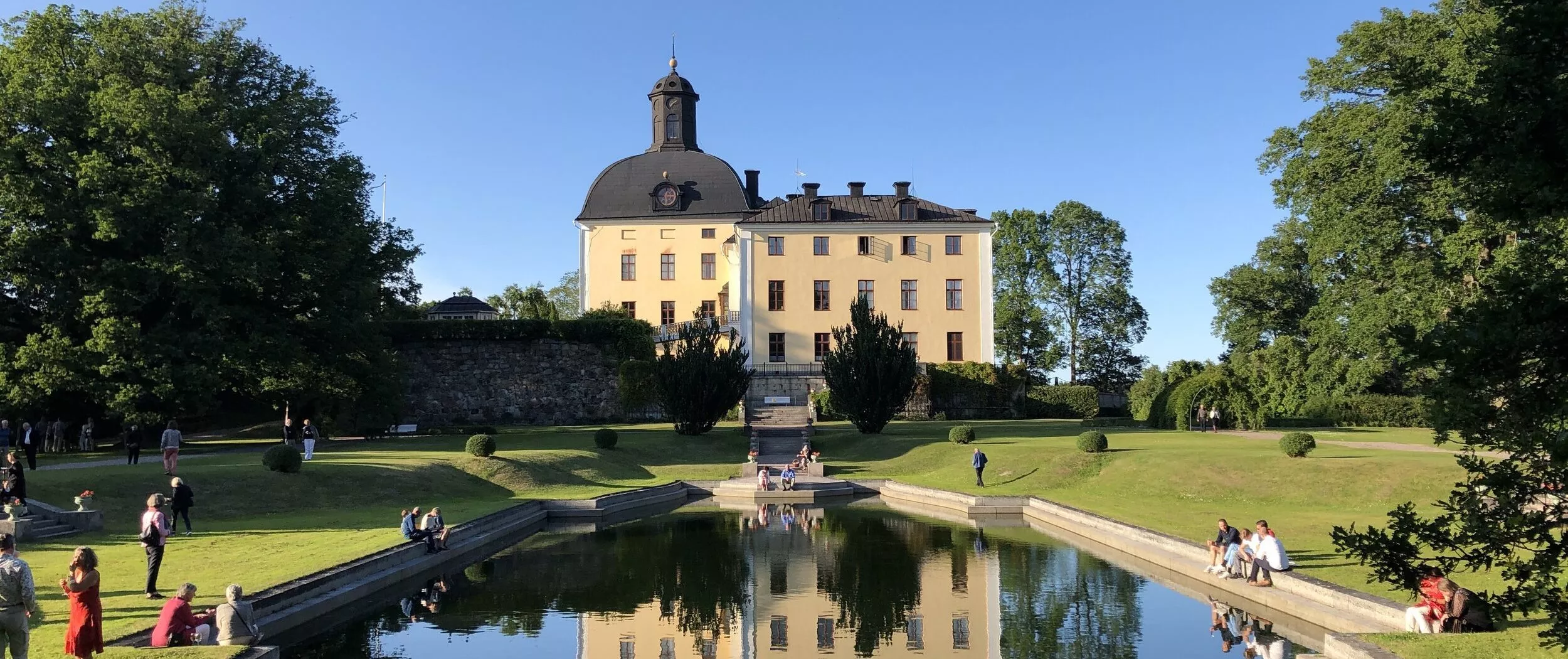
At a 700-year-old brick church, boat graves dating from approximately 550-800 AD were discovered. The church environment is one of the country’s most impressive, with a nearby Royal Mound where several unique and well-preserved finds were unearthed, giving name to this era: the Vendel Period.
The church environment in Vendel is truly remarkable. The 700-year-old brick church, adorned with medieval wall paintings, attracts visitors from around the world during the summer months, owing to its cultural and historical significance. In the late 19th century, during the expansion of Vendel’s church, fourteen boat graves dating from approximately 550-800 AD were unearthed. These discoveries were so well-preserved and unique that they lent their name to the Vendel Period. At that time, these graves were among the richest found in Sweden, containing items such as swords, shields, helmets, spears, and arrows. Adjacent to the church lies the Ottarshögen, also known as King Ottar Vendelkråka’s grave according to folklore. Possibly dating back to the first half of the 6th century, it is one of the oldest known Royal Mounds in the Mälardalen region, comprising more than 60 graves. The Ottarshögen, also referred to as a Royal Mound, has a diameter exceeding 30 meters. Excavated in 1914 and 1916, the grave yielded artifacts indicating high status for those interred.
Örbyhus Castle is one of the largest medieval estates in Uppland and holds a central place in Sweden’s history due to its connection to King Erik XIV. It was here that Erik XIV spent his final years imprisoned. In December 1574, Gustav Vasa’s eldest son, the deposed King Erik XIV, was dramatically transferred from the state prison in Västerås to Örbyhus. This move, orchestrated by Johan III, Erik’s half-brother and successor, marked a pivotal moment in Örbyhus’s history as the unfortunate king’s final refuge. During Erik’s three-year captivity at Örbyhus, there were several attempts to free him. It was likely the unrest that led Johan to dispose of Erik. On February 26, 1577, it was announced from Stockholm’s city church that Erik XIV had died in prison at the age of 43. Modern historical research has confirmed that Erik XIV was poisoned with arsenic. Accompanied by a guide, visitors will explore the castle, its buildings, and the area where Erik was imprisoned.
Lunch will be served in Österbybruk, where, if time permits, we can explore the area, including the Manor Shop, Antiques Store, Craft Shops, second-hand stores, and locally produced goods.
Under the ownership of the Grill family, from around 1750, Söderfors was not only a flourishing ironworks but also a cultural and scientific center. Located by the Dal River, Söderfors had ample access to hydropower. The ironworks initially produced anchors for the navy and later expanded to produce wrought iron, providing favorable conditions for Söderfors Ironworks to thrive. A knowledgeable guide will showcase and narrate the history of Söderfors Ironworks, its illustrious era, and its buildings. The tour concludes with coffee and homemade treats.
Price: 750 SEK
The above example includes: Morning coffee and sandwich, guided tour of Vendel Church and Ottarshögen, lunch, guided tour of Örbyhus Castle and Söderfors Ironworks, afternoon coffee.
Optional: Bus transport from your hometown; we’re happy to assist with booking.
